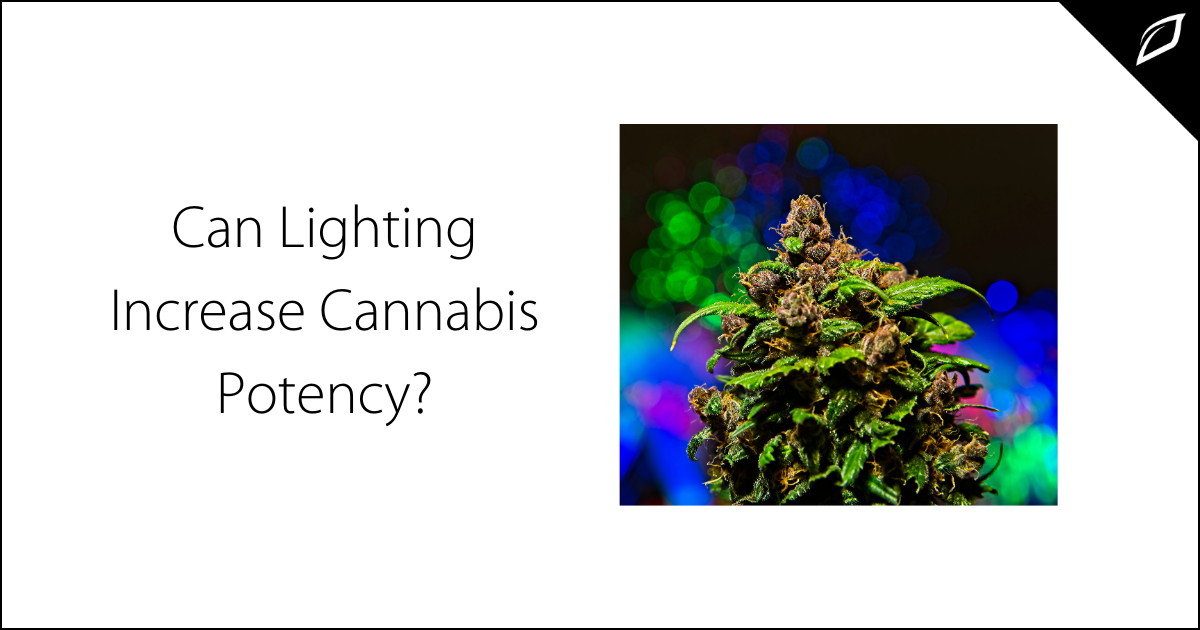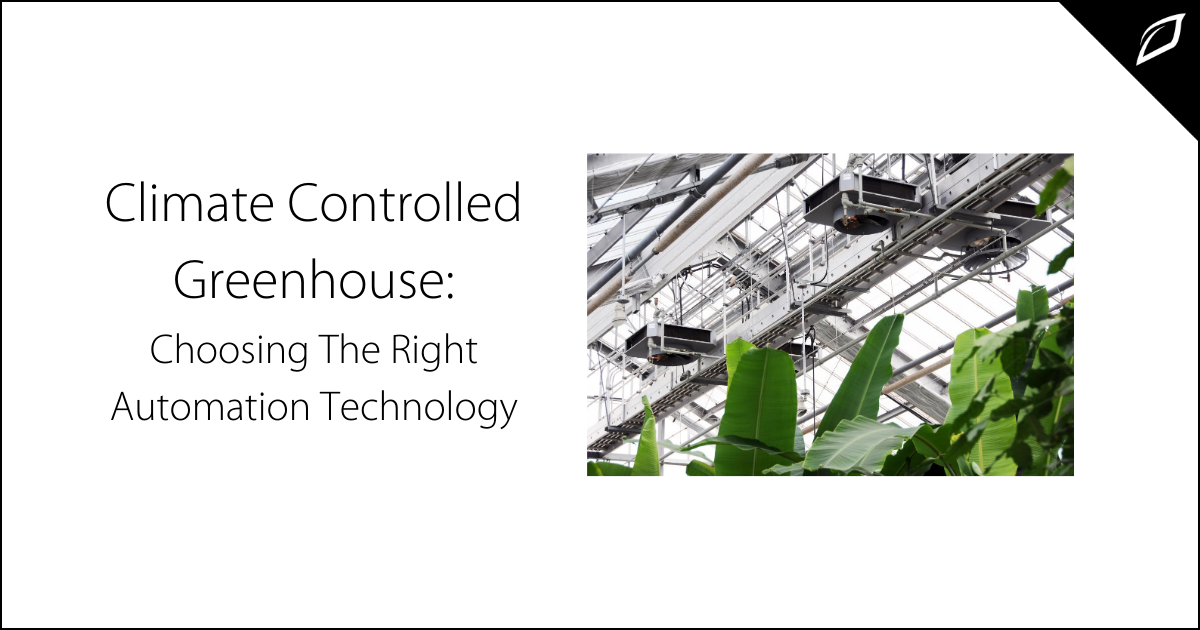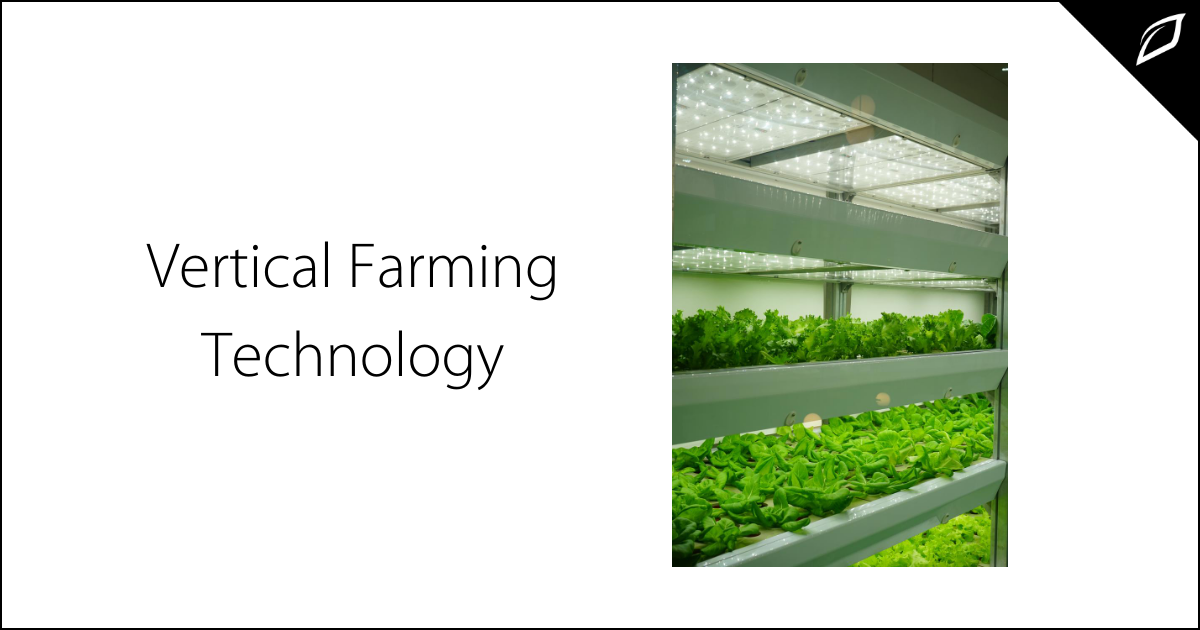Can Lighting Increase Cannabis Potency?
Many factors influence the THC potency of cannabis plants. Environmental factors like temperature, humidity, nutrition, and genetics all play a part...
-png-1.png)
Which Grow Light Is Right For You?
There's no doubt that the sun provides farmers with the natural sunlight needed to grow vigorous, healthy plants. But severe weather can be a deterrent to growing crops outdoors during harsh winter or summer temperatures. There's been a trend to move some crops inside, especially those with fast harvest cycles like lettuce and cannabis.
Creating a natural growing environment inside requires a lot of planning. One of the most crucial decisions you'll make is on what type of grow lights to use.
Like outdoor plants in the sunlight, indoor plants thrive under full-spectrum bulbs, which provide cool and warm light that mimics the natural solar light spectrum. Let's examine the different options.
Breaking Down The Differences
Incandescent lights create a lot of heat; in fact, 90% of the energy used by incandescent bulbs is turned into heat, while the remaining 10% produces 'white' light wavelengths considered 'warm.' They can supplement fluorescent lights and may balance out the spectrum at different stages of plant growth. They're sufficient for growing low-light houseplants, such as vines or ferns, but they're not ideal for plants with higher light requirements.
Fluorescent lights - Fluorescent bulbs are excellent for plants with low to medium light requirements. They are also suitable for starting vegetables indoors before planting outside. Fluorescent bulbs use 75 percent less energy than incandescent lights.
HID - High-Intensity Discharge grow lights are a cost-efficient light source for indoor growing and cultivation. HID grow lights are considerably more affordable than LED lights, and while less effective, still represent an option for many indoor cannabis growers. There are two types of HID lights, MH or metal halide, and HPS or high-pressure sodium bulbs. For the best results, it's recommended that you utilize both types of HID bulbs- HPS and MH. HPS bulbs are what boost your plants' yields during the flowering stage. MH bulbs keep plants growing strong during the vegetative growth cycle.
LED Grow Lights LED grow lights consume 60% to 90% less energy than other lighting systems. This is because they do not burn anything to produce light. Though LED lamps cost slightly more than traditional grow lights, their durability and efficiency make them cheaper in the long run.
Sulfur Plasma Grow Lights - Plasma lights claim to have a full light spectrum to support all plant growth stages. They claim to mimic natural sunlight more than any comparable lighting source in the current market. They work using Light Emitting Plasma (LEP) bulbs compared to High-Pressure Sodium (HPS) bulbs. The difference is that they are a reliable light source and do not require an electrode for gas ignition. However, some people insist that claims of full-spectrum light are overstated.

Many factors influence the THC potency of cannabis plants. Environmental factors like temperature, humidity, nutrition, and genetics all play a part...

Choosing the right automation technology. The modern greenhouse utilizes technology to automate many daily tasks associated with a bustling grow...

What is vertical farming? According to Wikipedia, vertical farming is "the practice of growing crops in vertically stacked layers. It often...